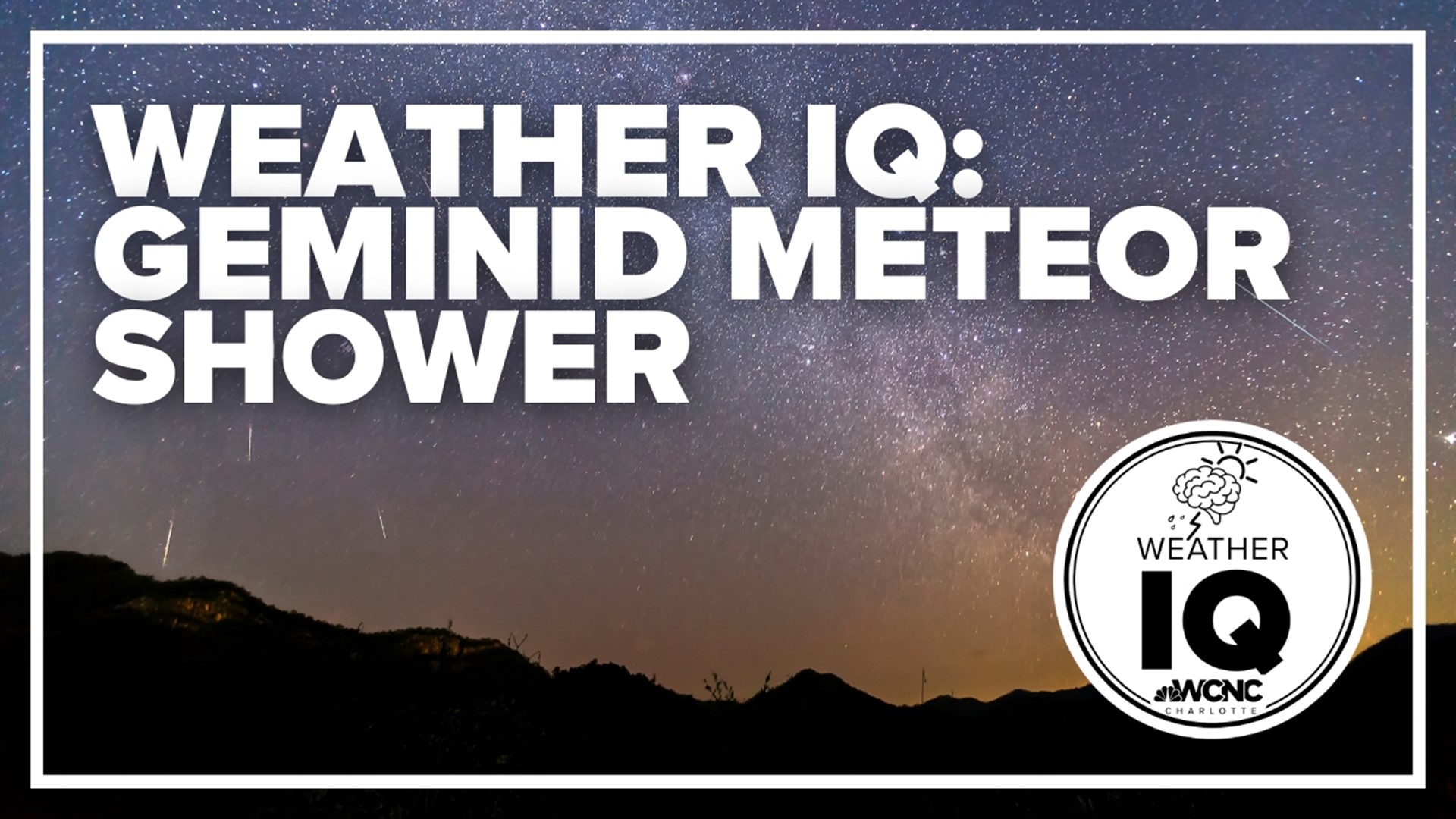New Year's Eve fireworks are more than two weeks away, but the night sky is celebrating early with a show of its own — the Geminids meteor shower.
The Geminids are known as "one of the best and most reliable annual meteor showers" of the year, NASA says, peaking in mid-December with up to 120 bright, fast meteors per hour.
While the Geminids are active from late November until Dec. 24, the shower will peak from Tuesday night into Wednesday morning (Dec. 13-14, 2022). According to EarthSky, Wednesday evening will also be worth a try.
How do I watch the Geminids meteor shower?
NASA says people around the world will be able to watch the peak, especially in the Northern Hemisphere.
While winter weather isn't ideal for getting out and watching the night sky, there's one benefit for younger stargazers — meteors start to be visible at 9 or 10 p.m. local time, weather permitting. The peak continues all night, with the best rates seen around 2 a.m.
One big challenge: the moon was full last week, and it'll still be bright and gibbous in the night sky. Just like street lamps, the moon's light can make faint meteor trails hard to see. NASA estimates that despite the Geminids' high volume of meteors, only 30 to 40 might be visible per hour.
"Still, (the Geminids are) well worth your effort," American Meteor Society editor Robert Lunsford said in an interview this fall. "You've got to remember to bundle up for that one."
One strategy is to watch between dusk and moonrise, when the rates of meteors are lower but there's less moonlight. AMS says early evening Geminids last longer and leave longer streaks because they can't penetrate deep into the atmosphere.
While the meteors can appear in any part of the sky, they'll appear to shoot outward from the constellation Gemini — their namesake. It's not a good idea to watch the constellation for the meteors, because they'll have short trails and be easily missed.
"Radiants," or the constellations from which shooting stars seem to originate, help stargazers identify meteors. If the meteor seems to shoot outward from Gemini, that means it's one of the Geminids instead of from a different shower.
NASA recommends finding a spot away from bright lights, bringing a blanket or sleeping bag, lying down with your feet facing south, and looking up. It'll take about half an hour for your eyes to adjust enough to see the meteors.
Where do the Geminids come from?
Most meteor showers come from icy, dusty comets, but the Geminids originate from a rocky asteroid: 3200 Phaethon, named after the Greek mythological figure who drove the sun god's chariot.
But...there's a twist. NASA says Phaethon might not actually be an asteroid! Instead, it could be a "dead comet" or a "rock comet" — an asteroid that gets so close to the sun that the heat scorches off dusty pieces.
We may not know exactly what's up with Phaethon, but we know how it causes the Geminids. Every year, the Earth passes through the maybe-asteroid's trail of debris, which collides with the atmosphere and burns up — leaving those brilliant streaks in the sky.

